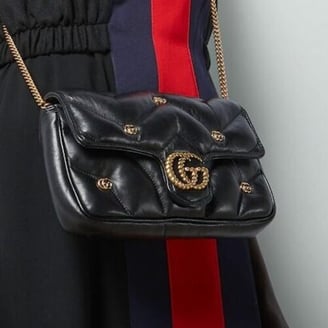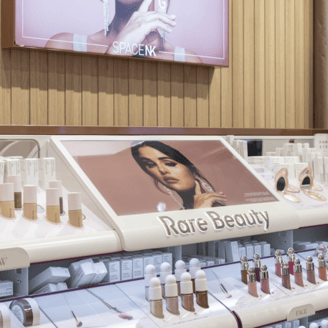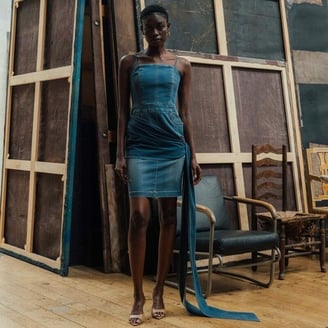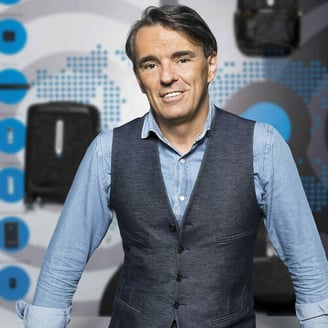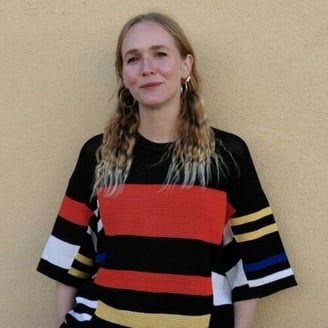Alice Bouleau from Sterling International on the recruitment process and the role of creative directors
As one studio director is appointed after another, headhunter Alice Bouleau spoke to FashionNetwork.com about the recruitment process behind finding the ideal creative profiles for major fashion houses and the changing role of the creative director in today's conservative luxury industry.
The former designer, who has worked for a number of brands, including the American label Proenza Schouler, joined Sterling International in 2018, a recruitment consultancy that has specialised in finding fashion and luxury executives for over twenty years. Two years after joing the consultancy, she took over as head of its creative division, which specialises in creative professions. She is in charge of searching for the perfect candidates for creative director positions or other senior roles, from image director to collection director, including head designer or design director.
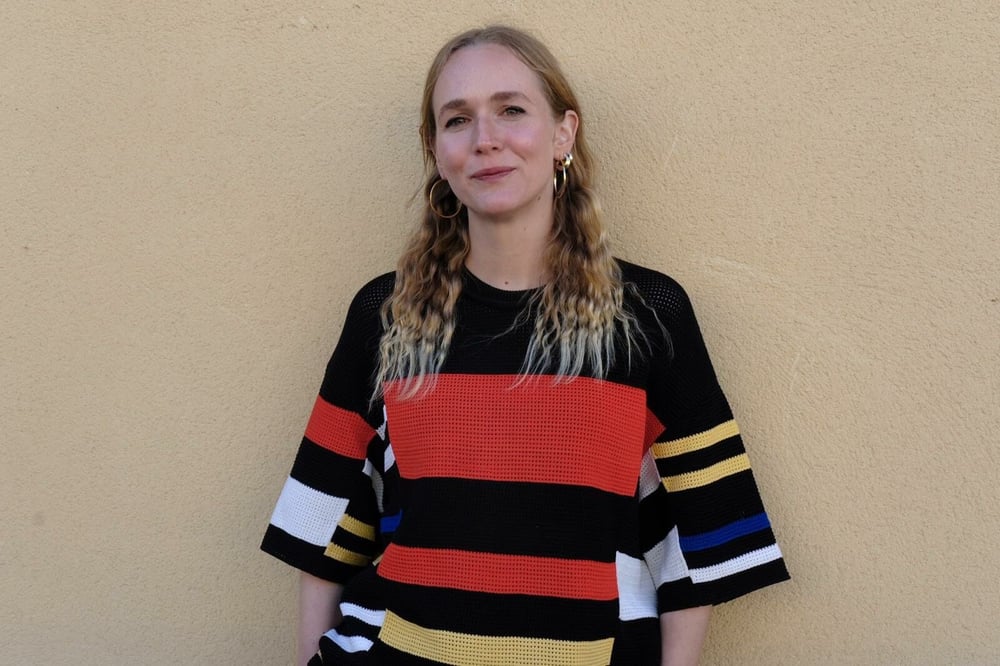
FashionNetwork.com: What are the requirements of fashion houses looking for a creative director these days?
Alice Bouleau: There was a time, not so long ago, when clients would ask us how many followers the designer had. That's something that still exists. Some houses will be looking for someone with instant credibility, so with years of experience. Others will want a profile with a community. In other words, people who, beyond their followers, have the support of the industry, celebrities and, above all, an existing clientele if they have their own brand. So they're not just recruiting a talent, they're also acquiring that talent's community, and that's becoming more and more common these days.
FNW: Don't houses prefer creative directors who work exclusively for them?
AB: Every case is different. For a relaunch, for example, or when the company has gone through a difficult phase, it's more appropriate to have someone who is going to devote 100% of their time to this one project. Personally, I think it's quite beneficial for a creative director to be able to keep his or her brand, under certain conditions. For example, it prevents him or her from using the house to run his or her own show. By preserving this space for expression outside the house, the designer also avoids frustrations by really operating on two different playgrounds, one where he or she plays by the house rules and the other where he or she does what he or she likes.
FNW: What boxes do you have to tick to land the job of creative director?
AB: First of all, there's the person's credibility, both internally and externally, i.e. someone who will succeed in uniting and inspiring the team, but also someone who will seem relevant in the eyes of the press and the industry. This sometimes even takes precedence over product expertise, when houses decide to recruit creative directors who are more celebrities than designers in their own right. Unfortunately, leadership skills, in particular the ability to manage these large studio teams, are sometimes given little or no consideration, even though the role of the creative director is much more complex today.
FNW: How many people work in the studio of a big house?
AB: It varies a lot depending on the brand's turnover, its workforce and its positioning. In the big houses, there can be 20-25 designers to more than 50 and even up to a hundred people for the biggest labels.
FNW: What are today's creative directors asked to do?
AB: As well as the creative side of the product, they sometimes also have to deal with image, marketing, branding, merchandising, the product and the boutiques. They run campaigns, set the tone for the show, etc. They have to be cross-functional, and we expect them to become almost mini-CEOs. The scope of their work is becoming ever wider. The danger is that not enough importance is given to the real skills associated with the job, such as product expertise and management skills.
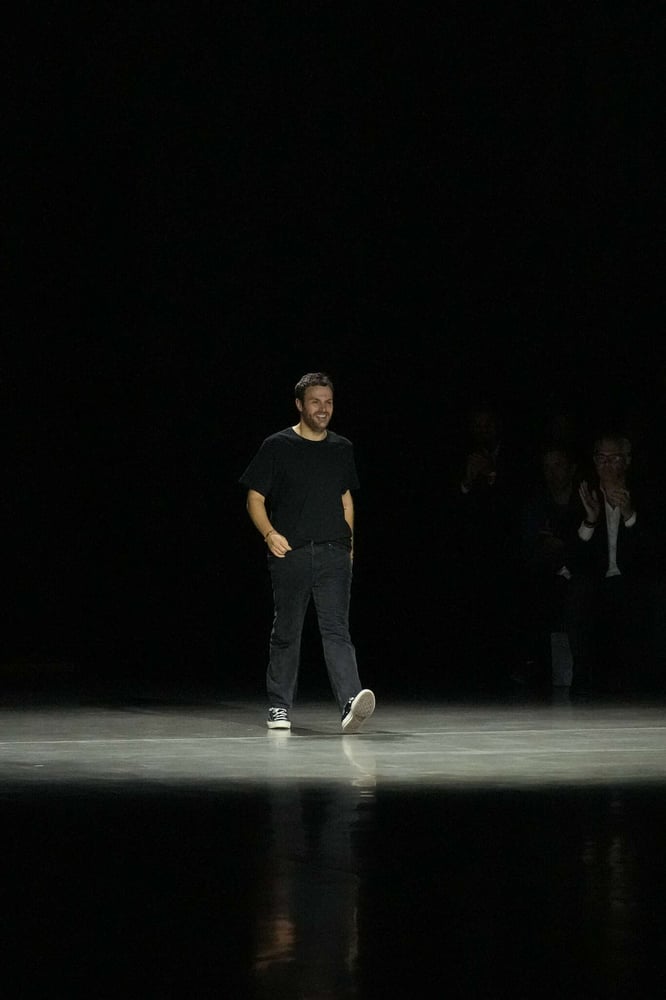
FNW: What are the risks?
AB: A good designer who makes products that people like will often be promoted to senior designer, then to head designer or design director. At each of these levels, however, few companies offer management courses or leadership coaching. Promotions are awarded mainly on the quality of their designs. But within a few years, these designers find themselves having to manage teams, and not all of them know how. The industry is full of stories of toxic management.
FNW: The job of creative director has become so demanding, what does it require?
AB: First of all, you have to be compatible with the DNA of the company and its general management. It also requires good support, especially if the designer recruited is going to share his working time with his own brand. In that case, you need a good studio director and a good design team with solid head designers or design directors, so that the creative director only has to give his or her vision, follow it up and come for the fittings, without necessarily being present on all fronts on a day-to-day basis. Anything can work, as long as you create the right support structure.
FNW: Who do you see as the ideal candidate?
AB: I start from the premise that the perfect profile doesn't exist. As the search for profiles becomes ever more complex, it's impossible to find an 'expert in everything'. So we analyse the skills and experience of the candidate, anticipating areas where he or she may need support, for example in creative marketing strategy with someone in image management that could be a good right-hand man to help develop his or her vision. For those with management shortcomings, we'd also suggest hiring someone very solid in studio management. Then it's up to the companies to decide.
FNW: There have been quite a few promotions of design directors recently. Is this something new, or does it happen a lot?
AB: Design directors are people with years of experience in design. They have always made up a large part of the pool of candidates that CEOs and companies are very keen on, especially today. In general, the search for a creative director focuses on three types of profiles. There are the so-called stars, creative directors who are already established and have experience in in-house creative direction. Then there are the rising stars, emerging designers who have their own brand or who have not yet been appointed creative director. And finally, the famous number 2s, who have design and product expertise. They have immediate credibility with the in-house team. This is a fairly reliable and reassuring approach.
FNW: What about the financial aspect?
AB: The level of remuneration for the job depends on various economic criteria, and salaries also vary according to where the position is based. For creative directors, most companies are prepared to make investments that they do not make for other positions. It's a bit like paying a footballer's salary because, as with top sportsmen and women, your career can sometimes come to an early end. It's difficult to be a creative director more than two or three times.
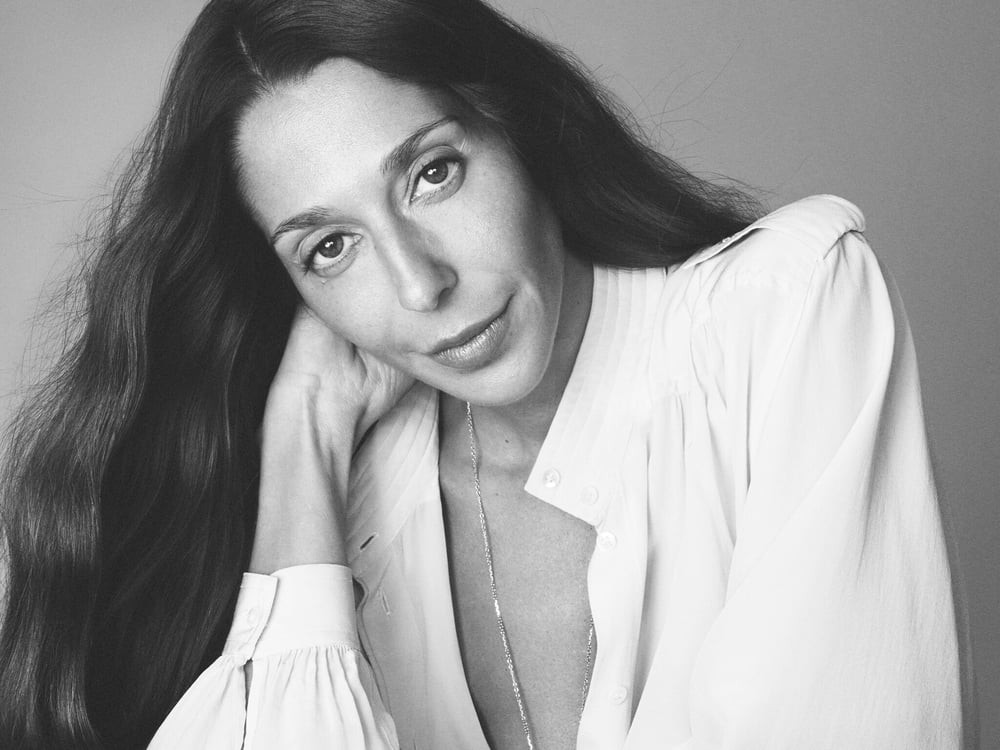
FNW: On average, how long does a creative director stay in the job?
AB: Creative directors are switched out a lot, even though some designers from very large houses have been in place for several years. This is also because the industry sometimes seems to have less and less patience. Whether it's collections, communications or anything else, there's a lot of immediacy. If a designer isn't an immediate success, you get the impression that you absolutely have to change, whereas often immediate success isn't linked to the creative direction, but to a whole series of factors.
FNW: Is there an age limit for being a creative director?
AB: When you go to the studios, the average age of designers seems very young. Creative directors are getting younger too. So much so that you wonder what happens to all these designers who have sometimes thirty years of experience in fashion. Some become consultants, others professors and some work on personal projects. There's a huge age bias in fashion, which has tended to get worse in recent years.
FNW: What's the secret to finding the right profile?
AB: Above all, it's constant prospecting. This involves a lot of exploratory interviews, at least five a week for each Sterling International consultant. This means meetings lasting about an hour with a professional from our sector, without any open assignments that match their profile, just to get to know them and give them advice on their career. It's a win-win situation, a dynamic exchange where we talk about their profession. Everything remains confidential. From there, as we create these relationships with them, the day there's an assignment, it's easier to call them, to have an open conversion on the job, because they already know us, because it's a network that we maintain very regularly.
FNW: Do you think a career in fashion is a question of privilege?
AB: First of all, these days you have to be able to get into a fashion school, which means being able to pay for it or being on a scholarship, which is very rare and hard to get. Most schools are getting more and more expensive. Once you've graduated, you have to find a work placement, which involves a lot of networking, and the competition is very tough. After the internship, it is extremely difficult to find a first job in fashion. So these young graduates will sometimes do a whole series of placements, with little or no pay. This can be very complicated for people who do not come from wealthy families. This means managing to survive for a year or three in the hope of finding the Holy Grail, that assistant job that often pays minimum wage. In fact, it's very hard for people from less privileged backgrounds to get their first design job. As for those who want to launch their own brand, with what money? Those who find it easiest to get started are those who have had support. That's great. Many are very talented and deserving, but there is a huge amount of talent that the world will never discover, because they are not given the opportunity to be discovered.
Copyright © 2023 FashionNetwork.com All rights reserved.




